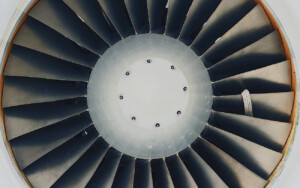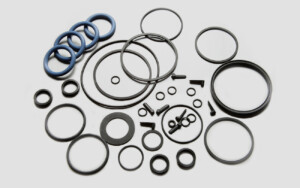Measurement under controlled high pressure
Applying high gas pressure can affect the performance and stability of many families of materials. Comparing measurements at atmospheric pressure and under various gas pressures helps to characterize this influence.

Measuring under high pressure
Characterizing materials under pressure can be carried out using more or less complex devices:
- 1. Systems capable of withstanding gas pressure applied from the outside and/or generated by the reactivity of the tested material (gas emissions).
- 2. Systems such as 1. but also capable of measuring internal gas pressure.
- 3. Systems such as 2. but also capable of controlling the internal gas pressure to a set value.
Furthermore, we can distinguish between devices capable of operating in a closed system or under a constant gas flow.
Whenever the pressure inside the device has to be applied from the outside, it is necessary to use a gas cylinder and a gas panel. The latter will serve either as a pressure reducer, to bring the gas from the cylinder to a lower but stable pressure, or as a compressor, to bring it to a higher and equally stable pressure during the measurement.
High pressure measurement solutions can be applied to most analyzers on the market, including thermal analyzers and calorimeters.

High pressure measurement applications
Many materials are exposed to high pressure conditions during their synthesis, processing or use. Examples include:
- Thermoplastics and thermoset polymers can be processed under pressure (injection, molding)
- Elastomers can be used to contain a gas in a pressurized system (air tubes, O-rings, etc.)
- Some food materials are processed under pressure to transform them, charge them with gas, or sterilize them.
- Some building materials: for insulation such as expanded polymers, or cements such as those used for oil well reinforcement.
- Absorbents or catalysts used to capture, separate or transform gases.
